The case for recycling is strong. The bottom line is clear. Recycling requires a trivial amount of our time. Recycling saves money and reduces pollution. Recycling creates more jobs than landfilling or incineration. And a largely ignored but very important consideration, recycling reduces our need to dump our garbage in someone else’s backyard. – David Morris –
Reduce, Reuse, and Recycle-They are the three pillars of the concept of recycling that forms an essential ingredient of eco-friendly concepts. While the idea behind these three key terms is simple and lauding, the history behind the symbol that brings these three sub-concepts together is interesting.
The three arrows forming a triangle are together called the Mobius Loop, which was designed by a college-going student Gary Anderson in late 1960s. The design is deliberately based on a Möbius strip, i.e. an endless loop that has only one surface. Originally, it was a winning entry for a Chicago-based competition organized to raise public awareness on environmental issues however, its meaningful design made it a popular phenomenon. Ultimately, it became a worldwide sensation and a universal symbol of Recycling.

Before we dwell more on the various categories of Mobius loop, a little insight into its meaningful structure would be preferable.
Clearly, the symbol has three arrows, in a triangle, indicating a hierarchy-Reduce, then Reuse, and finally Recycle. It goes on symbolizing the now widely known process of waste management and reduction, that is, reduced use of waste generating products, reuse of such products if possible and recycle that is essential conversion of used products into used products. Each arrow, therefore, represents one of these three elements.
Interestingly, the Mobius Loop is not a trademark and can be used by anyone, depending upon the Law of the land. Nevertheless, the Loop has become an identification symbol for products that are claimed to be eco-friendly. Because of its status as a universal symbol, many variations have happened. These variations go on describing different categories of products.
There are generally two most commonly used categories of recycling symbols. These two symbols are black or white colored and happen to represent a particular kind of product. The first category of this symbol has a white with black outlined loop that represents products, which can be recycled after consumption. This category also comprises a black with white outlined loop, representing the same.
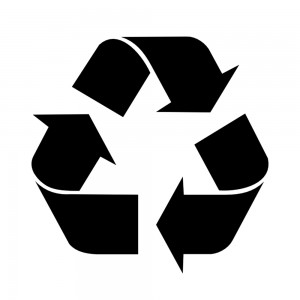
The second category of the recycling symbol represents those products that are manufactured using recycled materials. It usually has either a black on white or white on black loop. The former indicates products that contain both recycled and non-recycled materials whereas the latter indicates composition with 100% recycled materials. Sometimes, percentage of recycled materials used is indicated within the loop.
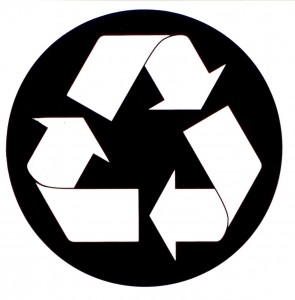
Apart from Mobius Loop, there are other recycling symbols, which may not be as popular as the Mobius Loop, but indeed serve the purpose.
1. The Tidyman
You must have seen it on many packaged products. This symbol of a stylized person cleaning up the environment was adopted in 1976 and is associated Clean World International, a non-profit organization with worldwide membershipThe symbol depicts a man, the tody man, throwing garbage into a dustbin. It essence is that one must dump garbage anywhere he or she pleases. He must not litter instead, throw waste of any kind into dustbin. In a way, it emphasizes upon the importance of a clean, waste free environment.

2. The Green Dot
This is rarely seen in Indian market but is popular in European countries. The meaning behind this symbol is that manufacturer of the product has been contributing financial towards the process of recycling and is endeavoring to make recyclable products in future. It marks a step towards efforts towards the goal-Recycle.

3. ALU
A modified version of the Universal recycling symbol may contain ALU inscribed within it. It indicates that the product contains aluminum. However such products are often found different labels indicating the same and therefore, this version of Mobius Loop is not Universally accepted.
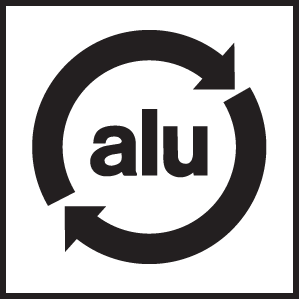
4. Recycling symbols for Glass
Though there may exist several versions of symbols for the same, two are most widely used. The first one is an arrow distorted to form a G-shaped symbol. This symbol though regulated by Glass Packaging Institute (GPI) is not a trademark and no restrictions are placed over its use. The other symbol comprises a stylized person, throwing a glass bottle in a bin, within a loop that is a slightly modified variant of the Mobius Loop.
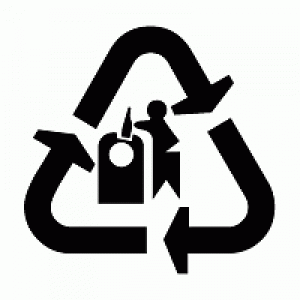
5. Corrugated cardboard packaging
Corrugated is a rigid shipping and packaging medium that can be cut and folded into an infinite variety of shapes and sizes, constructed to an almost scientific specification, even allowing direct print with high-resolution graphics. It is generally used for transportation.
The following symbol is promoted by the Corrugated Packaging Council and emphasizes upon the fact that cardboard can be recycled.
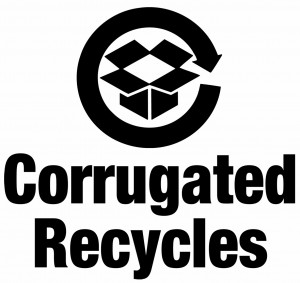
These symbols act as a guide to the consumer and provides him with a tool of action in cases where the quality of the product is not honestly represented by any symbol it uses. As public awareness regarding environmental crisis is gradually improving, such symbols help in the pro-environmental movement. The more products with recycling symbols are used, the more contribution human would do to environmental restoration.
Wendy Cope expresses in this extract from her Green Song her appreciation for recycling and it is indeed impressive. These few lines will describe the idea of recycling in an appealing manner and how it is a one-step towards environment’s protection and restoration.
“One green bottle, Drop it in the bank. Ten green bottles, What a lot we drank. Heaps of bottles And yesterday’s a blank. But we’ll save the planet, Tinkle, tinkle, clank!”
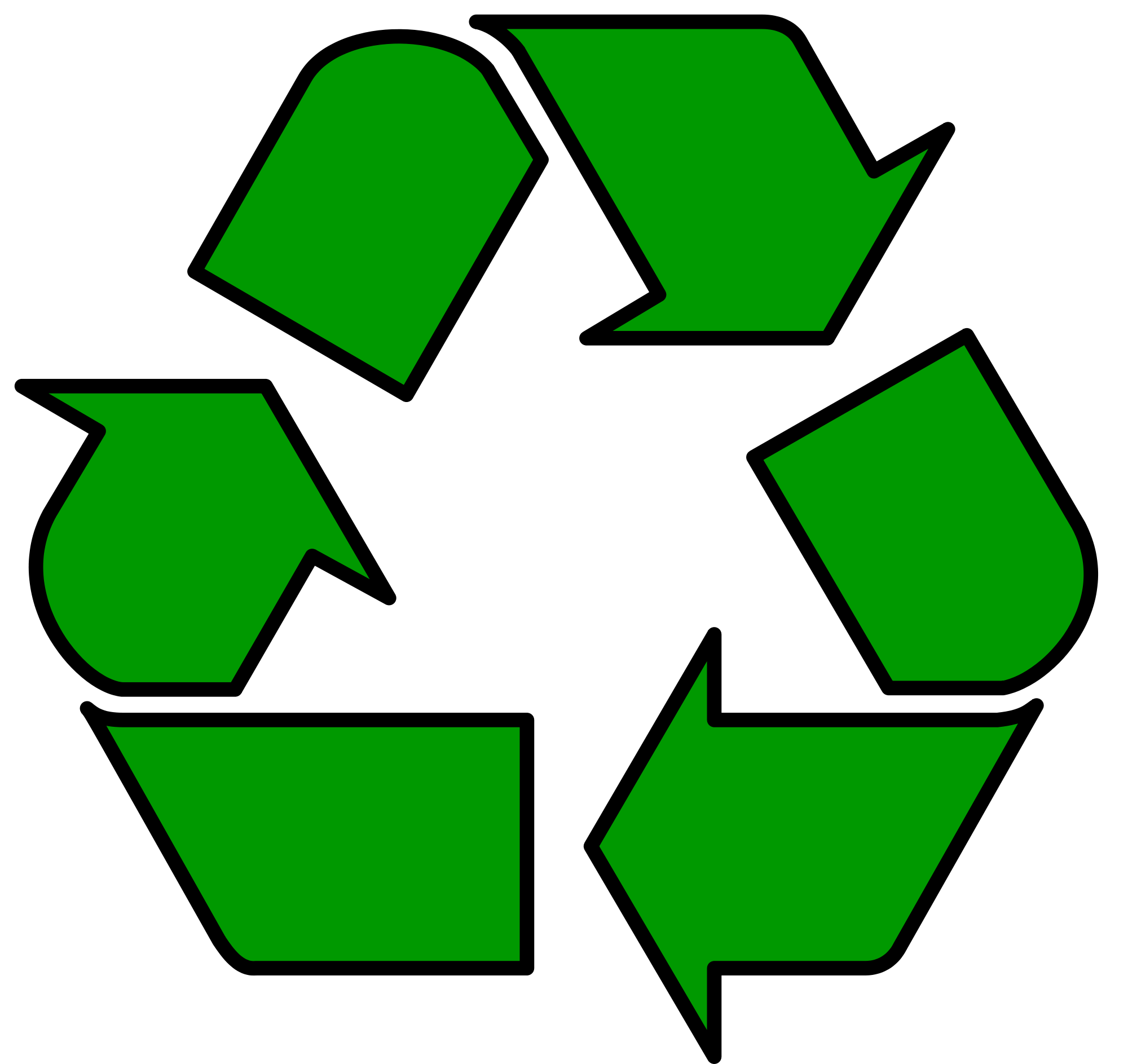
Leave a Reply